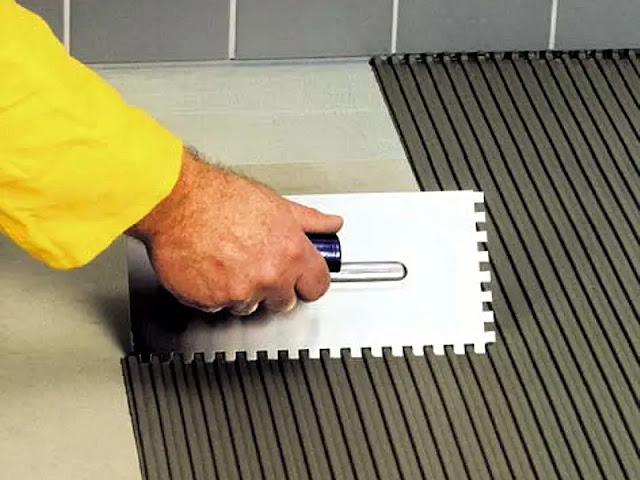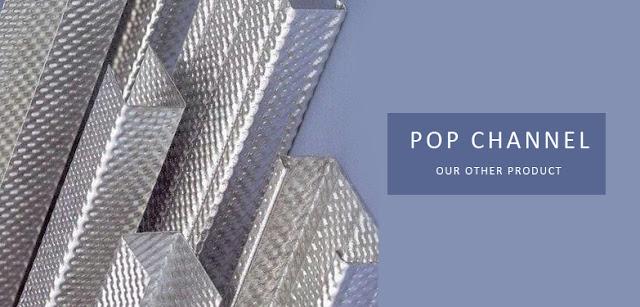GYPSUM POWDER: ITS USES IN BUILDING
Gypsum powder is a natural substance that may be found in deposits all across the United States. It starts out as a soft, white mineral rock and is treated into a dry powder. Gypsum is a naturally occurring mineral that is made up of calcium, sulphur, oxygen, and hydrogen. Gypsum powder is mostly used in construction products such as drywall, but it may also be utilised in agriculture as a soil fertiliser and conditioner. Gypsum is also a food additive that may be added to improve the texture of components in processed dishes.
The mineral calcium sulphate, with the chemical formula CaSO4, is known as gypsum. Gypsum plaster rapidly binds with water and is often found in its natural condition as hydrated calcium sulphate, with the chemical formula CaSO4.2H20. Gypsum is a soft mineral that is formed of transparent crystals and often appears white or grey. Gypsum deposits can be found as silt in locations that were formerly submerged underwater. When rock gypsum is heated, the water molecules bound to it are released, yielding anhydrous gypsum, a dry powder.
USES OF GYPSUM
Gypsum powder is most often used in construction products. For millennia, gypsum has been used to create beautiful components for structures. Alabaster is pure white rock gypsum that has been used to chisel statues and sculptures. The ancient Greeks made windows out of transparent gypsum crystals. Plaster of Paris is a moulding substance made from gypsum powder and water that is used to produce ornamental fittings to embellish buildings as well as a wall covering. Gypsum was also utilised by ancient builders to improve the colours used to paint constructions.
Gypsum is used in nearly all contemporary homes and structures in the form of wallboard, often known as gypsum board, drywall, or sheetrock. Gypsum is the form of drywall is commonly seen in American houses. It is nailed to a wood framework to form walls and ceilings. When gypsum powder is combined with water, it hardens and becomes rock-like when dry. Hardened gypsum is pressed between sheets of paper to make drywall slabs. Drywall is a low-cost construction material that may be easily cut to size. It acts as a sound barrier and is fire resistant.
Gypsum powder is also added to cement and paints used in the construction and completion of buildings. Gypsum plaster in cement and concrete mixes helps to lengthen the time it takes for concrete and cement to cure and harden, resulting in a more sturdy construction. In paint, gypsum powder is used as a filler to help the pigments cling to one another and enhance the texture of the paint.




Comments
Post a Comment